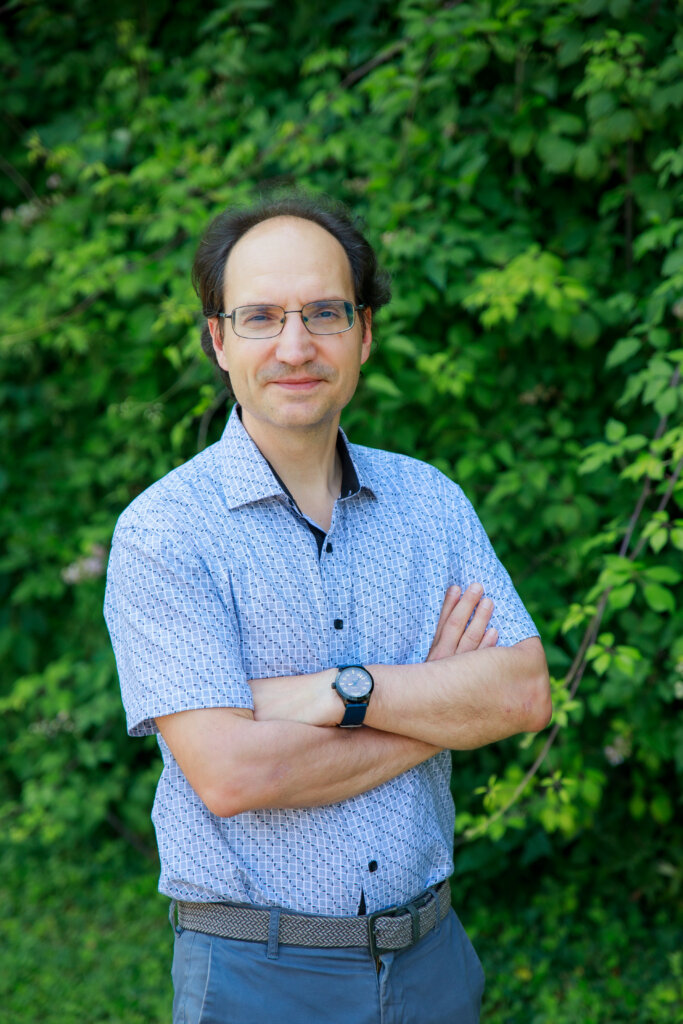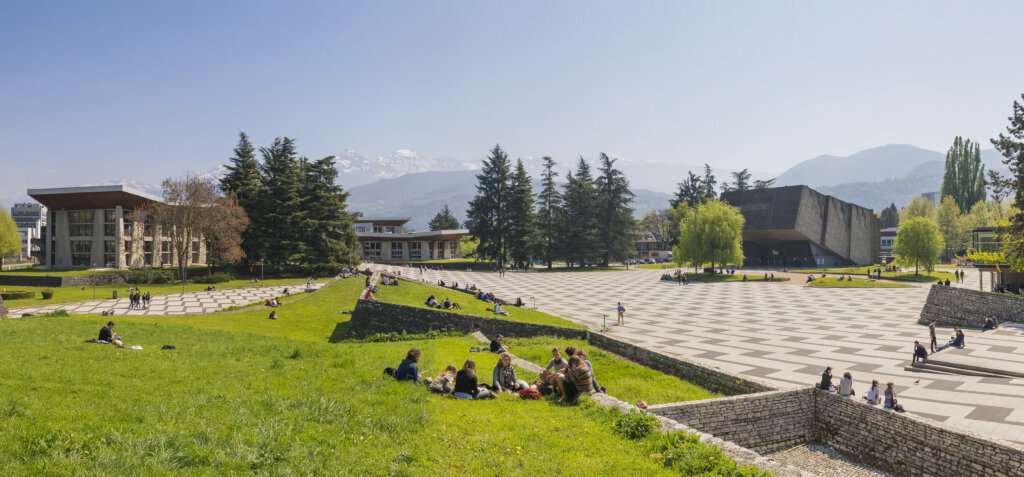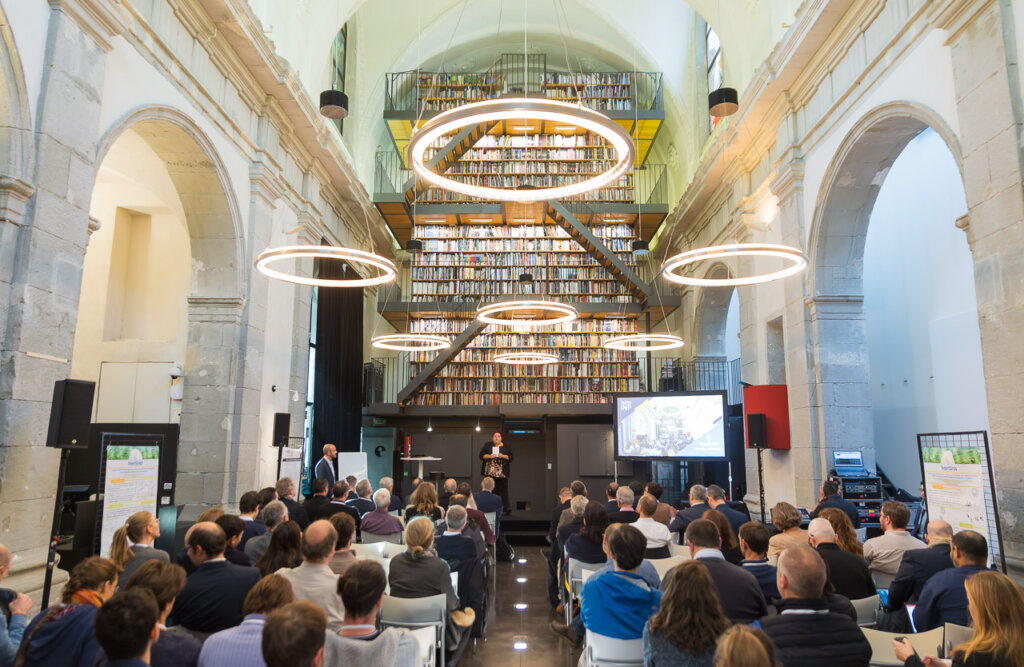The Grenoble INP Foundation has launched the new TwinHy Chair of Industrial Excellence. Sponsored byEDF, in collaboration with GIPSA-Lab, this chair aims to develop digital twins to improve the monitoring of hydroelectric facilities. Gildas Besançon, the Chair holder, is a professor at Grenoble INP – UGA and a researcher at GIPSA-Lab. A graduate of Grenoble INP – Ense3, UGA, he holds a doctorate from the Laboratoire d'Automatique de Grenoble and is a member of the' Institut Universitaire de France.
Hydropower is one of the world's most reliable and sustainable sources of energy. However, its efficient exploitation requires the constant monitoring of equipment and meticulous management of water resources.
The TwinHy Chair, which combines EDF Hydro's expertise with GIPSA-Lab's technological innovations, aims to improve the management of hydroelectric installations by developing digital twins in order to improve their monitoring and predict their operation. This partnership will enable the pooling of expertise in order to accelerate innovation and meet the complex challenges of hydroelectric generation.
Digital twinning: co-evolution of physical and digital modelling to improve industrial performance

The digital twinning concept emerged in the early 2000s, attracting growing interest with the advent of digital technologies and the huge increase in the volumes of data collected. A digital twin can be defined as a virtual replica of a physical system or process, which is constantly updated with real data from sensors placed on the installations. “This feedback enables us to correct any imperfections in the model and consider the digital twin not just as a virtual replica, but as an element linked to the real system” explains Gildas Besançon, a researcher at GIPSA-Lab and holder of the TwinHy Chair. This dynamic approach facilitates the identification of failures, optimises performance and reduces operational risks.”
The Chair's activities will require researchers to make better use of data and measurements from sensors, and enhance the existing models to take account of the underlying physical laws. This will enable the more accurate monitoring of equipment by detecting and locating faults as soon as there is a discrepancy between observed and expected outcomes, for example. In addition to surveillance, digital twins can be used to control installations by simulating scenarios in order to fine-tune systems, as well as for training purposes.
The Chair's activities will be based on specific case studies, stemming from issues identified at EDF Hydro and in close collaboration with EDF R&D. Endowed for five years, the Chair's funding will cover activities including three theses and one post-doctorate.
*CNRS, Grenoble INP – UGA, UGA
Photo credits
Christophe Huret
Pierre Jayet





